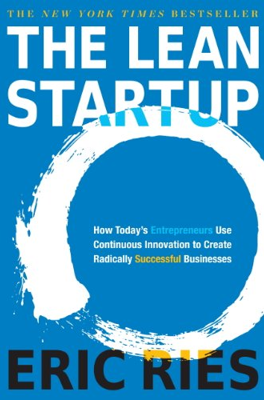Grow
Understanding the Engines of Growth
The "engine of growth" is central to a startup's ability to achieve sustainable growth, which Eric Ries characterizes as growth generated from the actions of past customers, avoiding short-term gimmicks. Startups can leverage four primary methods for sustainable growth:
- Word of mouth - Natural growth spurred by satisfied customers sharing their positive experiences.
- As a side effect of product usage - Products that advertise themselves through public use, such as fashion items or viral platforms like Facebook.
- Through funded advertising - Successful when advertising costs are lower than the revenue generated by new customers.
- Through repeat purchase or use - Products that customers buy repeatedly, either through subscriptions or regular use.
These methods feed into feedback loops called engines of growth that help maintain focus on a small set of crucial metrics for scaling.
The Three Types of Engines of Growth
For startups, selecting the right metrics is essential for focusing development and reducing waste. Ries identifies three primary engines of growth:
The Sticky Engine of Growth focuses on customer retention. Success with this engine means customers continue using the product long-term. Metrics to watch include the rate of new customer acquisition versus the churn rate. If acquisition surpasses churn, the product grows.
The Viral Engine of Growth relies on customers spreading the product through use, like viral social platforms or referral programs. Crucial here is the viral coefficient, which measures how many new users each user brings. A coefficient greater than 1.0 suggests exponential growth.
The Paid Engine of Growth involves spending on advertising or sales efforts to acquire customers. Growth is sustainable when the cost to acquire a customer (CPA) is less than the lifetime value (LTV) of a customer. This engine requires a delicate balance between acquisition cost and customer value.
Practical Examples and Strategic Advice
In discussing these engines, Ries brings practical insights from real startup scenarios. For instance, a startup using the Sticky Engine discovered that focusing on customer retention rather than acquisition could lead to growth, as their customer inflow and outflow were balancing each other out.
For the Viral Engine, Ries uses the example of Hotmail, which experienced rapid growth by simply adding a signup link in each user's email footer, a minimal change that led to substantial growth.
In the case of the Paid Engine, he shared an anecdote from IMVU, which had initially mistaken its growth engine type. The realization led to a strategic pivot from viral hopes to leveraging paid advertising, aligning their growth strategy with their customers' willingness to pay.
Engines of Growth and Product/Market Fit
Ries emphasizes that understanding and selecting an engine of growth is crucial for finding product/market fit. He suggests that startups measure their progress and fit by the efficiency and effectiveness of their chosen growth engine, reflected in key metrics specific to each type.
Marc Andreessen's concept of product/market fit is explored, suggesting that once a startup's product resonates with a significant customer base, the market itself will help pull the product through growth phases. This fit is not static but requires continuous adaptation and refinement, as evidenced by ongoing changes in the company's key growth metrics.
Conclusion: Monitoring and Pivoting
Ultimately, Ries advises that every engine of growth will eventually saturate its segment of customers. Startups must be prepared to pivot to new growth strategies as their current engines begin to yield diminishing returns. This necessitates a flexible, adaptive organizational culture that can respond to changes and new opportunities efficiently, setting the stage for discussions in subsequent chapters on building such adaptive organizations and managing growth transitions effectively.
